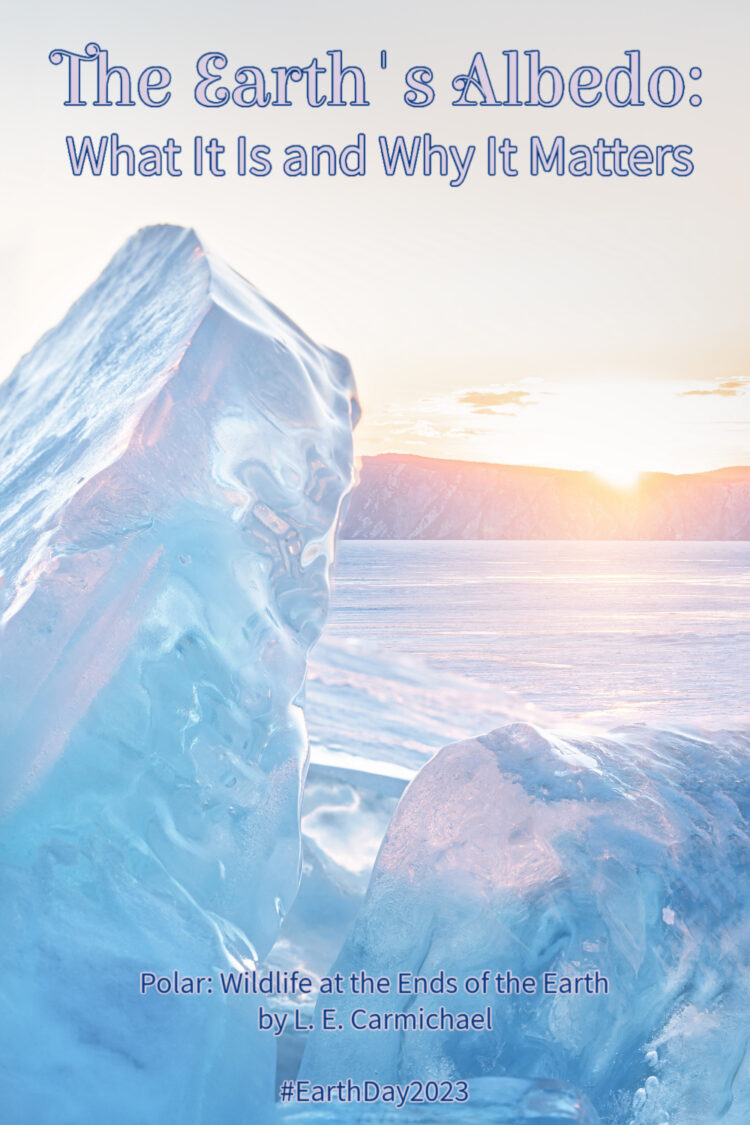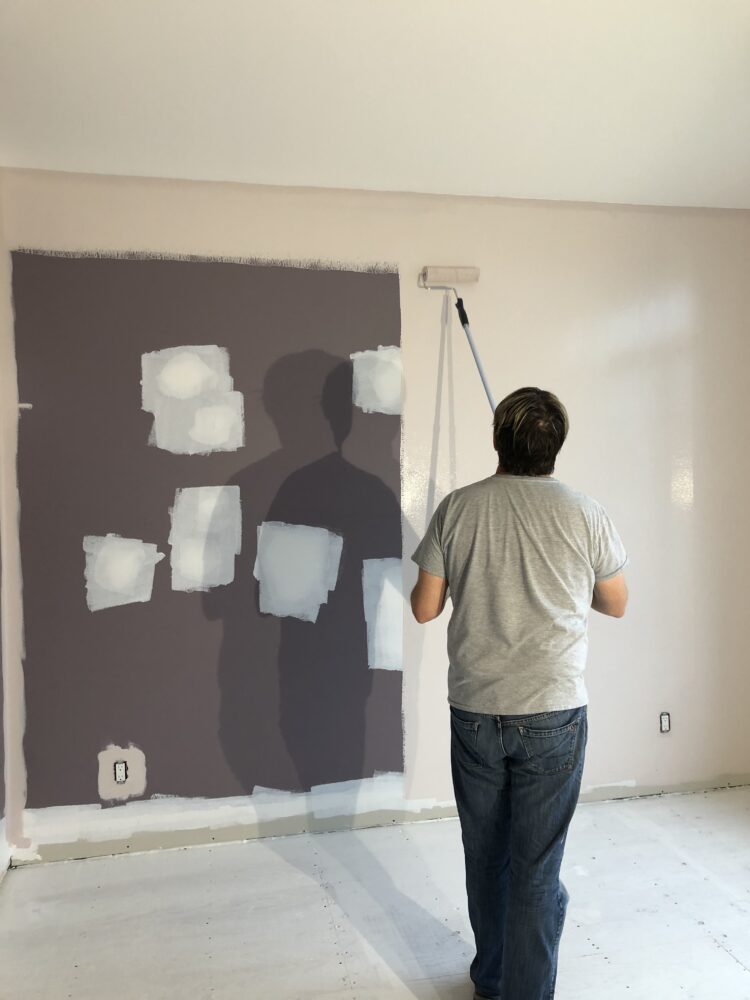 Despite the giant window in my office, the room was unbearably dark. Aging eyes feeling the strain, I replaced the light fixture with a brighter one. That helped, sort of. But on cloudy days, it was still a dim and gloomy place to work.
Despite the giant window in my office, the room was unbearably dark. Aging eyes feeling the strain, I replaced the light fixture with a brighter one. That helped, sort of. But on cloudy days, it was still a dim and gloomy place to work.
Last summer, Tech Support and I renovated. The first thing we did was repaint in a lighter colour. Why?
Because of albedo.
What Is Albedo?
Albedo is a measure of how much incoming light reflects off a surface. Dark-coloured surfaces, like roads paved with asphalt, have low albedos, meaning they absorb most of the sunlight that hits them… and its heat. If it’s midsummer and you’ve made the mistake of stepping onto the road in your bare feet, you’ve experienced this personally! Likewise, you’ve felt the relative coolness when you hopped back onto the concrete sidewalk. Light-coloured concrete has a high albedo, reflecting most of the sunlight that hits it, and, as a result, staying much cooler.
The same holds true of natural surfaces: rock, soil, and deep dark water have low albedos, while snow and ice have high albedos. Have you ever stepped outside on a sunny day during a Canadian winter? Most likely, your eyelids slammed instantly shut to block out the light bouncing off the snow. That’s albedo at work.
Why Does Albedo Matter?
The Earth’s albedo is directly linked to climate… and climate change. We all know that, as global climate has warmed, glaciers and the polar ice caps have begun to melt. What’s not often discussed is that the surfaces revealed by this melting are mountain rocks and deep ocean waters. In other words, surfaces with lower albedos than snow and ice.
As they emerge, these dark surfaces start to absorb energy from the sun, causing them to warm up. That warmth accelerates the melting of nearby snow and ice… revealing more rocks and water. Climate scientists call this self-perpetuating cycle the Ice-Albedo Feedback. It’s one reason that the Arctic and Antarctica are warming up five times faster than anywhere else on Earth.
Putting polar wildlife, and the entire planet, at risk.

Tech Support covers low-albedo lavender with high-albedo pearl pink. It’s SO much brighter in my office now!
What We Can Do
Climate change coverage in politics and the news tends to focus on individuals, emphasizing ways we can reduce our personal carbon footprints. To be totally clear, I am 100% in favour of every person on the planet doing our personal bests to protect it. But I – and the scientists that I interviewed while writing Polar: Wildlife at the Ends of the Earth – worry that this emphasis on personal responsibility diverts attention from the much greater harm done by corporate and political policies.
So this Earth Day, as we recycle, plant trees, and walk instead of drive, let’s consider doing one more thing for the planet – speaking up:
- attending a climate protest
- writing letters to our elected officials, urging them to support environmental and climate initiatives
- demanding that corporations adopt climate-friendly policies… and voting with our dollars
- donating to environmental advocacy organizations
How are you taking action this Earth Day? Share your strategies in the comments.
Polar: Wildlife At the Ends of the Earth comes out in 10 more sleeps! EEK! Pre-order a copy from your local independent bookstore to reduce your carbon footprint AND support a cornerstone of your community.
Don’t forget to check my Public Appearances page for Polar virtual events and live events happening near you! Are you a teacher or librarian? I’m available for author visits in May and June – contact me to secure your spot.